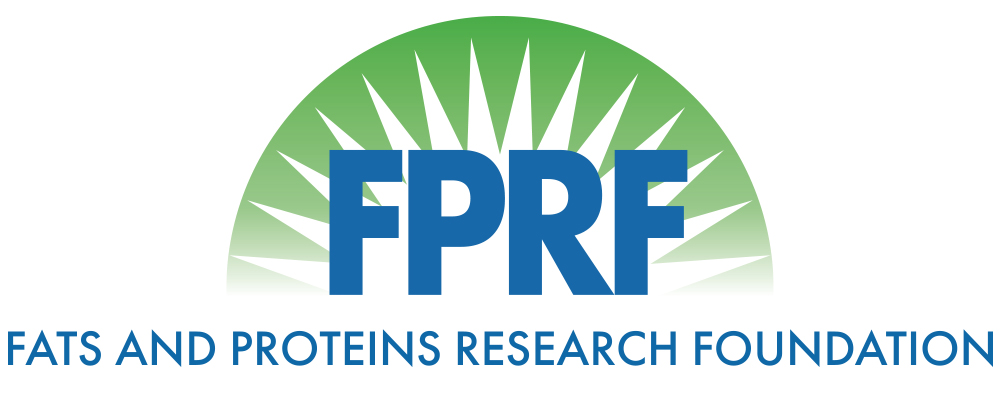Digestibility of amino acids by Broilers and Turkeys
Title: Digestibility of amino acids by Broilers and Turkeys
Principle Investigator: Todd Applegate
Year: 2004
Objective: To estimate the effects on how IEAA flow in the chick may vary depending on site specific conditions of the experiment.
Lay Summary/Industry Summary: The primary objectives of this research was to a) quantify the endogenous losses of amino acids in broilers and turkey poults during the first three weeks of age, in order to establish a baseline protocol for correction of ilea[ digestible amino acids to a true digestible basis, and to b) determine the apparent and true digestibility from predominate feed ingredients in broilers and turkey poults with a new consensus protocol across nutrition laboratories. The long-term goal of our research is provide practical means to accomplish reductions in protein and amino acid formulation with adoption of the digestible amino acid concept. This research was a result of a digestible amino acid workshop for the broiler industry which was held February, 2004 in Indianapolis for academic researchers, all U.S. based amino acid suppliers, and formulating industry nutritionists. Since then, two additional annual meetings have been held and expanded across companies and inclusion of turkey nutritionists. Goals of the group are to fill gaps in knowledge and provide a publicly accessible database of information such that the industry is more able to adopt the digestible amino acid concept
.
Short and long-range benefits – With impending shortages of corn and SBM, formulation
of diets on a digestible amino acid basis is imperative to reduce feed cost. Further benefits of formulating on a digestible amino acid basis include decreasing safety margins, increasing the accuracy of predicting performance, and increasing the uniformity of product after processing. Source reduction technologies, such as dietary formulation reductions in crude protein, for the industry to lessen nitrogen emissions are imperative with pending ammonia emissions regulations in 2009.
Notably, the ileal amino acid digestibility bio-assay was validated across laboratories
with no distinguishable differences. For standardization purposes, the regression of casein versus a nitrogen-free diet gave similar results. Either a 10% casein diet or nitrogen-free diet would be recommended for future standardization studies, as would feeding of a dietary crude protein content of 20 percent. Somewhat surprisingly, the endogenous loss associated during the first week after placement (5 days of age) was dramatically higher than 15 or 21 days of age (the later ages were not different from themselves), with the turkey being generally higher than that of the chicle Therefore for primary ingredient determinations, 21 days of age would be recommended. Given our estimations of endogenous losses during the first week, the endogenous loss contributes up to 2/3rds of the indigestibility versus older birds. Previously, the inefficient utilization of amino acids by young birds was mostly attributed to inadequate numbers of amino acid and peptide transporters. Further knowledge of how this endogenous loss could be minimized would be of great interest in improving early nutritional status of the hatchling.
Comparison of Ileal Endogenous Amino Acid Flows in Broiler Chicks and Turkey Poults
Effect of Age and Method on Ileal Endogenous Amino Acid Flow in Turkey Poults
